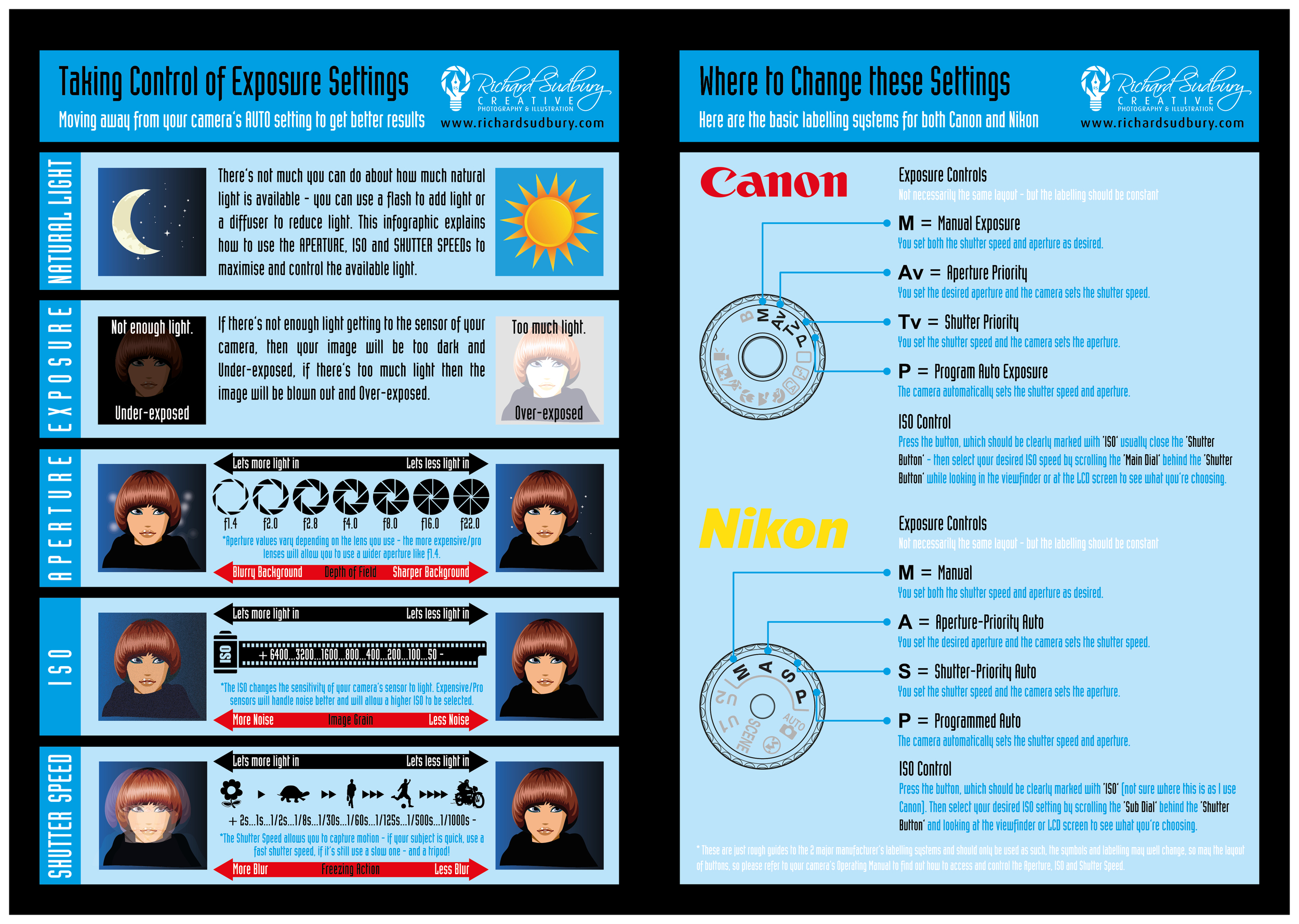What Every Photographer Should Find Out About Lighting
What Every Photographer Should Find Out About Lighting
Blog Article
Produced By-Boone Olsson
As a digital photographer, you understand that lights can make or break your photos. Comprehending the nuances of both natural and synthetic light is crucial for catching the mood and clearness you aim for in your work. Whether you're chasing the perfect gold hour glow or adjust your synthetic arrangements, grasping these elements can boost your digital photography significantly. But there prevail challenges that lots of overlook, and identifying them can change your approach to every shoot. Let's explore what you could be missing out on and how it can affect your outcomes.
Understanding All-natural Light
Recognizing natural light is vital for any kind of photographer wanting to boost their work. It's the foundation of terrific photography, affecting state of mind, tone, and clearness. When you shoot outdoors, focus on the moment of day. The gold hour-- shortly after daybreak and before sundown-- offers soft, cozy light that can transform regular scenes right into spectacular photos.
Don't undervalue the power of cloudy days. Cloud cover diffuses sunshine, creating a soft, even light that's ideal for portraits and macro digital photography. You'll find shades pop in this kind of lighting without severe darkness.
Placing matters, as well. Always consider your subject's alignment to the light source. If the sunlight's behind your topic, you may end up with a shape, which can be remarkable however mightn't be what you desire. Alternatively, straight sunshine can produce uncomplimentary shadows.
Trying out angles; often, transforming your viewpoint can yield impressive outcomes. Usage natural reflectors, like water or sand, to jump light onto your subject, including dimension.
Learning Artificial Light
Mastering man-made light is essential for photographers who wish to take their skills to the next level. Whether you're making use of speedlights, workshop strobes, or constant lights, comprehending just how to control these sources can significantly boost your photos.
Beginning by look at this web-site on your own with the basics of light high quality, direction, and shade temperature level. Experiment with various modifiers like softboxes, umbrellas, or grids to regulate the gentleness or harshness of the light.
You'll find that soft light often produces flattering outcomes, while harsher light can include drama and depth. Do not shy away from shadows; they can boost the three-dimensionality of your subjects.
Pay very close attention to the positioning of your lights. A light positioned too close to your subject can produce unflattering results, while as well far can lead to a lack of information. Use a light meter or your camera's pie chart to guarantee you're exposing correctly.
Last but not least, remember that fabricated light can be blended with ambient light for creative impacts. Stabilizing these resources may take method, once you master it, your photography will genuinely beam.
Methods for Various Scenarios
When you enter different shooting scenarios, adapting your illumination techniques is essential for recording the best images. For exterior portraits, utilize the gold hour-- early morning or late afternoon light-- to soften shadows and improve complexion.
If it's a rough lunchtime sunlight, consider making use of a reflector to jump light back onto your subject or look for shaded locations for a more even exposure.
In low-light circumstances, like indoor events, boost your ISO and use a broad aperture to allow in more light. A tripod can help remove cam shake, allowing for longer direct exposures without obscuring.
If you're shooting at night, trying out off-camera flash to create vibrant illumination and deepness in your images.
For product digital photography, utilize diffused lights to prevent extreme representations. Softboxes or light outdoors tents can help achieve this impact.
When photographing landscapes, consider the instructions of light and time of day, as it can dramatically alter the mood of your shot.
Always be Executive headshot photographer to change your settings and positioning based on the situation, as flexibility is key to understanding lights in digital photography.
Conclusion
In conclusion, understanding lighting is crucial to boosting your photography abilities. Embrace natural light's appeal during gold hour, and don't shy away from explore fabricated light strategies. By adjusting your technique to various circumstances, you'll capture spectacular photos that resonate with feeling and clearness. Remember, the ideal lighting can change a normal shot into something remarkable, so maintain exercising and fine-tuning your understanding of both natural and fabricated light. Pleased shooting!
